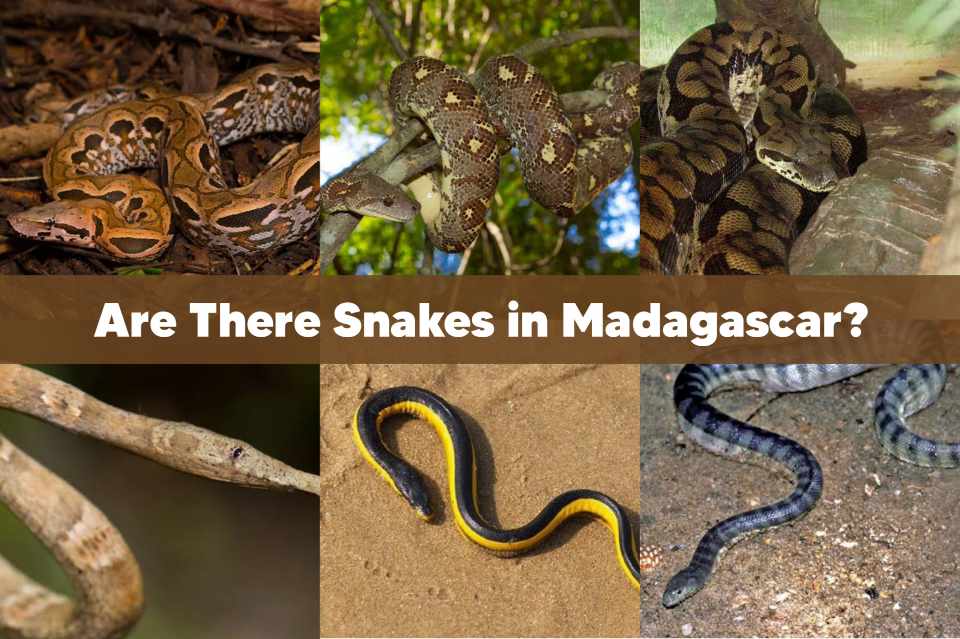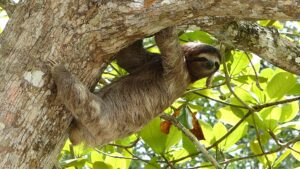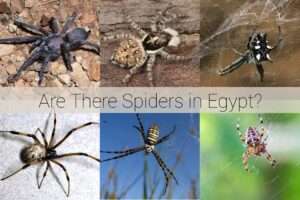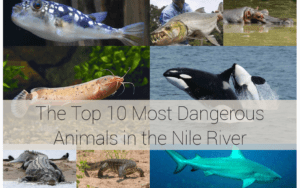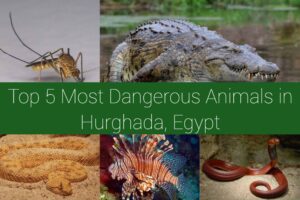Snakes are found in many countries worldwide, except some islands. Madagascar is an island country known for its high population of endemic wildlife.
There are snakes in Madagascar, but most are not as venomous as those found in other parts of the world. Since Madagascar is isolated from mainland Africa, other animals cannot migrate to the island.
In this article, we will answer the question, “Are there snakes in Madagascar?” and also provide details about the venomous and non-venomous snakes in Madagascar.
Are There Snakes in Madagascar?
Yes, there are over 80 species of snakes in Madagascar. Unlike other countries and islands, the majority of snakes in Madagascar are non-venomous.
The island is home to Boas and Colubrids. These snake species are non-venomous and mostly harmless.
Although there are no adders, cobras, mambas, pythons, or vipers in Madagascar, there are still some venomous snakes in Madagascar.
To make it easier for you, I will provide a list of some venomous and non-venomous snakes in Madagascar.
Non-venomous Snakes in Madagascar
1. Madagascar Ground Boa

Scientific Name: Acrantophis madagascariensis
Madagascar Ground Boas as the name suggests, are native to the island of Madagascar. This nonvenomous snake is also known as the Malagasy ground boa or, by its scientific name, Acrantophis madagascariensis.
Adults can grow over 8 feet (2.4 m) in length, making them the largest snake species found in Madagascar. They have a pale reddish-brown ground colour with a mix of grey.
In Madagascar, ground boas are found in the central, northern, and western parts consisting of open woodland.
2. Dumeril’s Boa

Scientific Name: Acrantophis dumerili
Another non-venomous snake in Madagascar is Dumeril’s Boa. These snakes are native to the island and live in regions with little to no rain.
Dumeril’s Boa can grow up to 6.5 in total head-to-tail length. They can be identified by their colour patterns, which consist of a grey-brown ground colour with darker patches.
One of the advantages of their colour pattern is the ability to camouflage within leaf litter in the forest.
Although these boas are not entirely harmful to humans, they prey on smaller mammals and other animals in the forest.
3. Madagascar Tree Boa

Scientific Name: Sanzinia madagascariensis
Madagascar tree boas are also known as Malagasy tree boas. Just as their name suggests, they spend most of their time on trees.
They are able to climb tall trees with their strong bodies and the support of their tails. This boa has a greenish colour that helps it blend with its surroundings.
Madagascar tree boas are non-venomous just like other boa species mentioned in this article.
4. Madagascar Blind Snake
Scientific Name: Xenotyphlops grandidieri
Madagascar Blind Snake, also known as Xenotyphlops grandidieri, is a worm-like snake that is found in northern Madagascar.
This snake resembles the earthworm in appearance, but their behaviour is quite different.
Madagascar Blind Snakes are not completely blind, as their name suggests. Their eyes can detect light and darkness but cannot form images.
Since they live underground, they do not need clear vision like other snakes.
The Madagascar Blind Snake is a harmless and non-venomous snake that preys on ants, termites, and their larvae.
Venomous Snakes in Madagascar
1. Madagascar Leaf-nosed Snake

Scientific Name: Langaha madagascariensis
Madagascar Leaf-nosed Snakes are mildly venomous snakes found in Madagascar. They live in dry forests and rainforests where they blend with their environment due to their leaflike appearance.
Leaf-nosed Snakes are rear-fanged colubrids. Snakes that fall under this category have fangs at the back of their mouth that can deliver venom. This venom is not entirely dangerous to humans but is effective at subduing small prey, such as lizards.
Malagasy leaf-nosed snakes have adapted to camouflage on branches and wait for prey.
2. Yellow-bellied Sea Snake

Scientific Name: Pelamis platurus
Yellow-bellied Sea Snakes are highly venomous snakes in the waters around Madagascar. These snakes are good swimmers, so they spend most of their lives in the ocean and near the coasts.
They can be identified by their yellow bellies and brown backs. Yellow-bellied Sea Snakes can reach 20 to 35 inches in length.
Although bites are rare, their venom is quite potent. Their venom can lead to muscle paralysis, difficulty breathing, and other symptoms.
Luckily, yellow-bellied sea snakes are not aggressive and usually avoid human contact.
3. Hook-nosed Sea Snake

Scientific Name: Enhydrina schistosa
Another highly venomous snake found around Madagascar is the Hook-nosed Sea Snake, also known as the beaked sea snake or Valakadeyan sea snake.
These snakes spend most of their time in water, staying submerged for up to five hours before resurfacing.
Hook-nosed Sea Snakes are venomous and also aggressive, although their main source of food is fish.
4. Malagasy Cat-eyed Snake

Scientific Name: Madagascarophis colubrinus
Malagasy Cat-eyed Snakes are mildly venomous snakes native to Madagascar. They are referred to as cat-eyed, due to their large eyes with vertical pupils.
These snakes come in different colours like greys, browns, yellows, greens, and even orange. Malagasy Cat-eyed Snakes are found throughout the island, where they move around at night.
One feature of this snake is its ability to swim, climb, and live on land.
5. Blonde Hognose Snake

Scientific Name: Leioheterodon modestus
Blonde Hognose Snakes are considered to be harmless since they are rear-fanged and mildly venomous.
Just like other snakes in the hognose family, their venom is primarily used to subdue small prey such as toads and frogs. This venom is almost harmless to humans due to the location of its fangs.
Rear-fanged means that their fangs are located at the back of their mouths, making it difficult for them to pass venom to larger prey.
Blonde Hognose Snakes are adapted to burrowing in search of food. When cornered, they might play dead or Their colouration can vary, but they flatten their necks to mimic more dangerous snakes.
Where to Find Snakes in Madagascar
Just like in many other countries in the world, snakes can be found in many areas, not just forests or jungles.
In Madagascar, some snakes might prefer to live in the lush forests and jungles mainly due to the availability of food and shelter.
They can also be seen in coastal areas, for example sea snakes. Most of the snakes found around this region are good swimmers and can stay underwater for long hours.
Interestingly, some snake species have adapted to urban environments. This includes gardens or parks where you least expect to find snakes.
Conclusion
Madagascar does not have any highly venomous snakes like cobras or vipers, but it does have a few rear-fanged snakes. These snakes are not considered to be dangerous to humans; however, their bites can be painful and cause swelling.
If you will be going into the waters while around Madagascar, always be on the lookout for sea snakes. These sea snakes are highly venomous and can be dangerous to humans.
In this article, I have answered the question about snakes in Madagascar and also provided a list of some venomous and non-venomous snakes in and around the island.
FAQs
Are there any venomous snakes in Madagascar?
Yes, there are venomous snakes in Madagascar, but they are not highly dangerous to humans. The island has rear-fanged snakes and venomous sea snakes, but their bites are rarely life-threatening.
Do king cobras live in Madagascar?
No, king cobras do not live in Madagascar. Cobras are native to northern India, eastern and southern China, and other Southeast Asian regions.
Are there any dangerous animals in Madagascar besides snakes?
Yes, Madagascar is home to several dangerous animals, including Nile crocodiles, scorpions, and certain species of spiders.

Hi, I’m Louis Ojibe, and I grew up around wildlife in Africa. I have always been fascinated by animals and nature across the world.
As a child, my parents used to take me to see wild animals like lions, elephants, gorillas, tortoises, and many others at our local zoo.

